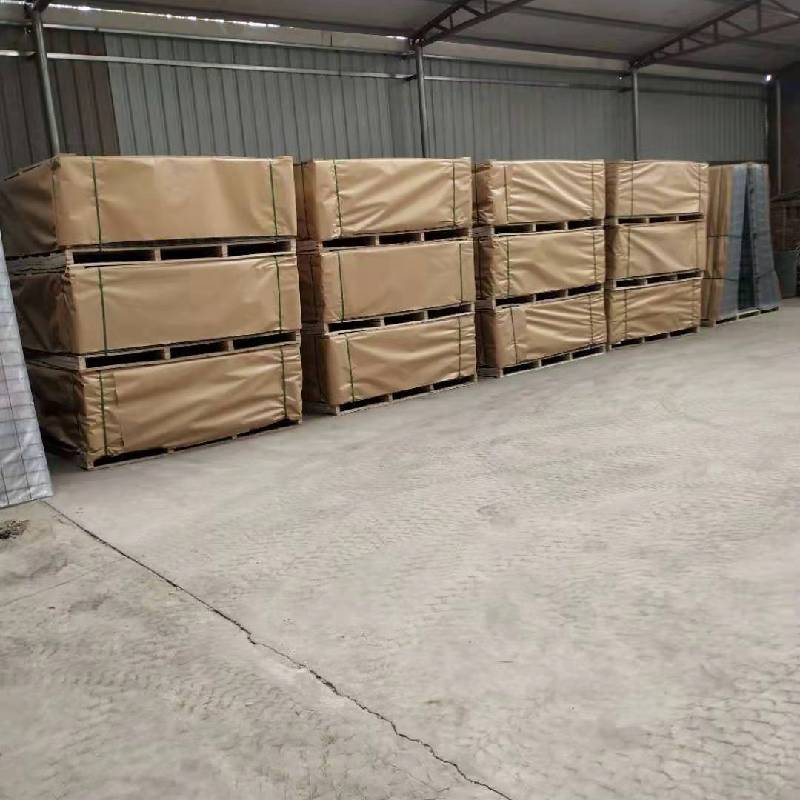
- Mobile Phone
- +8613931874955
- sales@cntcmetal.com
lateral wall ties
The Importance of Lateral Wall Ties in Modern Construction
In the realm of modern construction, the integrity of a structure is paramount. One crucial aspect that often goes unnoticed by the untrained eye is the role of lateral wall ties. These essential components act as a silent guardian, ensuring the stability and longevity of buildings by mitigating potential structural problems caused by lateral forces.
Lateral wall ties are typically implemented in masonry constructions, connecting the brick or stone façade to the structural framework behind it. Their primary function is to provide lateral support, countering forces that may act on the walls due to various factors, including wind loads, seismic activity, and the natural settling of the ground. Without adequate lateral support, walls can buckle, bow, or even collapse, which could lead to catastrophic structural failures.
One of the main reasons for the increased use of lateral wall ties in contemporary construction is the growing focus on safety standards and building codes. In many regions, stringent regulations dictate the use of these ties to ensure that all structures can withstand unforeseen pressures. Engineers and architects recognize that designing buildings with lateral ties is not merely a suggestion but a necessity. These small yet vital components can significantly enhance a building's ability to withstand lateral loads, ultimately protecting the occupants and the investment made in the property.
lateral wall ties

The materials used for lateral wall ties can vary depending on the specific requirements of the project. Common choices include stainless steel, galvanized steel, and even innovative composite materials that offer unique benefits. For instance, stainless steel ties resist corrosion and are ideal for environments with high moisture levels, while galvanized steel provides excellent strength at a lower cost. The choice of material must consider factors such as environmental conditions, expected load, and overall building design.
Maintenance of lateral wall ties is also crucial. Over time, factors such as weathering, corrosion, and material fatigue can compromise their effectiveness. Regular inspections and maintenance ensure that these ties remain functional and continue to provide the necessary support for the structure. Building owners should be proactive in assessing the condition of their wall ties, particularly in older buildings where the original construction methods may not have included the best practices that we recognize today.
In conclusion, lateral wall ties play an indispensable role in ensuring the safety and stability of modern structures. As architects and engineers strive to create safe, durable buildings, the significance of these components cannot be overstressed. As construction technologies evolve, the methodologies surrounding the implementation and maintenance of lateral wall ties will continue to advance, further safeguarding our architectural investments and enhancing the resilience of our built environment.
share:
-
Yard Sign Stakes: Reliable Guardians of Outdoor SignsNewsAug.04,2025
-
Wall Ties: Invisible Guardians of Building StabilityNewsAug.04,2025
-
Resilient Web: The Super Guardian Power of Concrete MeshNewsAug.04,2025
-
Masonry Accessories: A versatile assistant on building foundationsNewsAug.04,2025
-
Iron Binding Wire: the 'invisible reinforcement specialist' in the fields of architecture and industryNewsAug.04,2025
-
Dynamic Spring: The diverse functions and excellent performance of Wire Tension SpringNewsAug.04,2025
-
Your Source for Concrete Wall Ties and Masonry AccessoriesNewsJul.10,2025



















